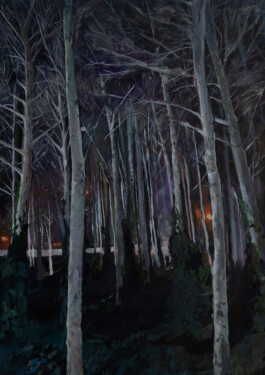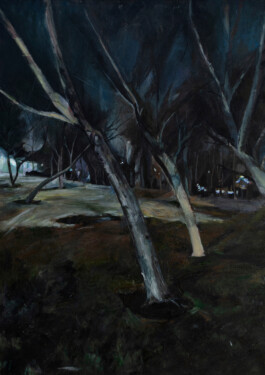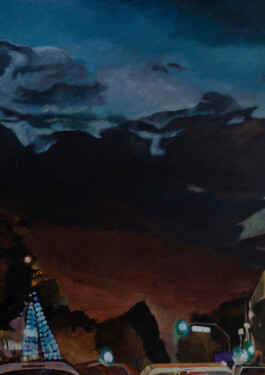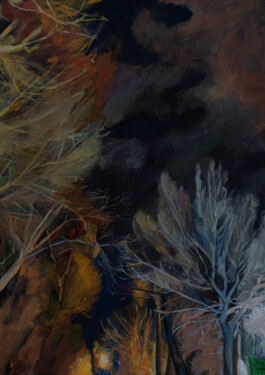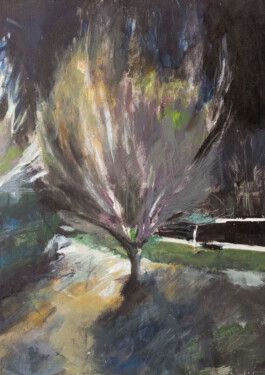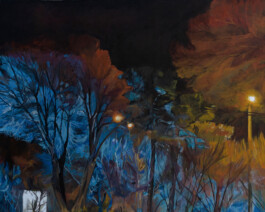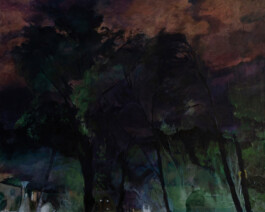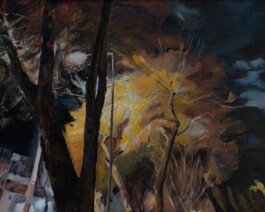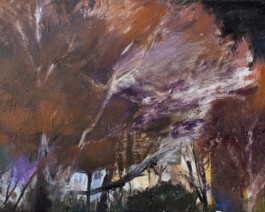The schema of the cold season
/ The face of the homeland
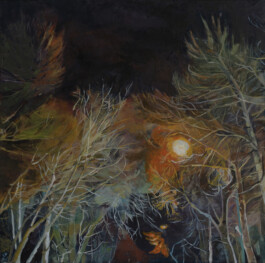
What I remember from the cold season is crows and school, passion and poetry, and tyranny and oppression, along with hope for the future!
Statement
Schemas are networks of information about phenomena and concepts in the human mind. Human organizes their relations with the outside world with this information. Schemas get created, modified, and evolved from human experience. Human communities have their specific schemas based on shared lived experiences. Each occurrence is recorded in the collective mind and rebuilds the schema.
The schema of the cold season for me evokes flocks of crows, school time, seeded pomegranates, poetry, the romantic mood, and also oppression and death. The present series is the schema of the cold season on the face of Isfahan. The dark and cold nature of the city recalls the repression of protests in January 2018 and November 2019, as well as the downing of flight PS 572, while it still is hopeful for recovery and improvement in its heart. If they work correctly, these paintings represent the ends of despair and the gleam of hope that flows in my heart and the trees.
This show was held on the second anniversary of the bloody suppression of Iranian people's protests in November 2019. I took the title The Face of The Homeland from a revolutionary song called ShabNavard from the first year of the victory of the 1979 revolution, which describes the face of the homeland symbolically drowned in the darkness of the night. The paintings were scenes of cold and frozen nature and represented the despair and sadness that filled the hearts of my compatriots in the conditions of tyranny and oppression. The trees' bare branches under the city's intense lights spoke of a contrast from which one could expect a new event. The darkness of the night and the bare branches in the cold were simultaneously a reminder of the gloomy and stagnant social and political atmosphere and a hope for improvement and renewal, just as the hope of growth in the spring is inevitable in the branches slept in winter.
In addition to the paintings, the show was supposed to contain an installation of national flags and common mourning flags in Iran, placed in a cloth bag for carrying the corpse. I had seen similar bags in the remaining photos from the scene of the crash of Ukrainian flight PS 752, which the Islamic State shot down—the bags in which the pieces of the passengers' bodies were put and collected from the site. The audience could take out the contents of the pack by unzipping it. This arrangement was censored and removed from the show. Just the closed bag remained in a dark corner of the gallery. However, a lamp string with green, white, and red lights_ the colors of the Iranian national flag_ was placed on the floor from one side to the other side of the gallery, and The song, ShabNavard, was constantly played. This song carries heavy sadness and hopeful passion at the same time. The text of the song, while referring to the oppression of the dictator and the suffering of the oppressed, with an epic and passionate tone, calls for resistance and demands for liberty.
